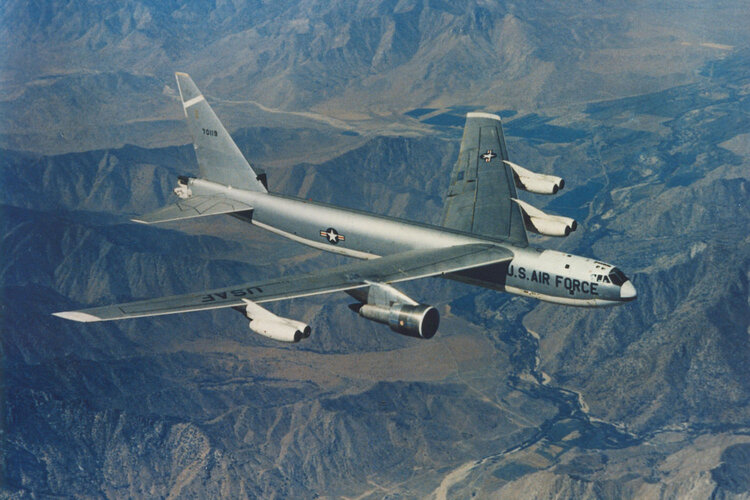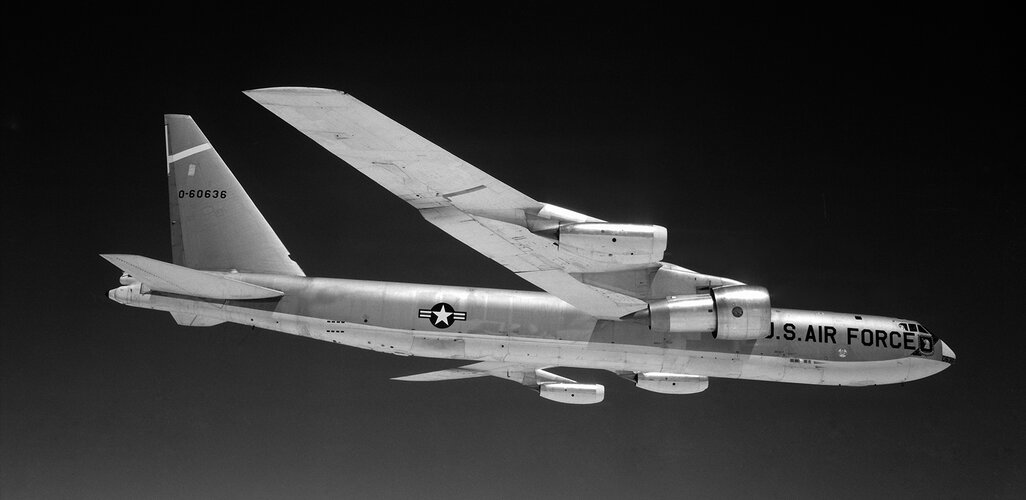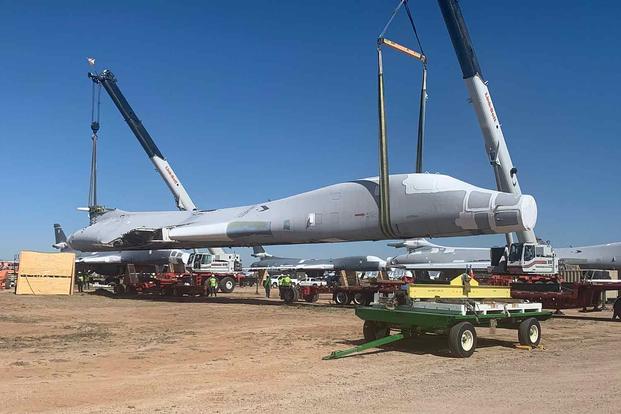WatcherZero
ACCESS: Secret
- Joined
- 22 May 2023
- Messages
- 426
- Reaction score
- 727
There were three B-52As built, what happened to the other two?
52-003 was the one converted for NASA. 52-002 was used as a B-52G development testbed and re-designated XB-52G and then used as a ground trainer from 1959, the other 52-001 was scrapped at Tinker in April '61
Last edited:



